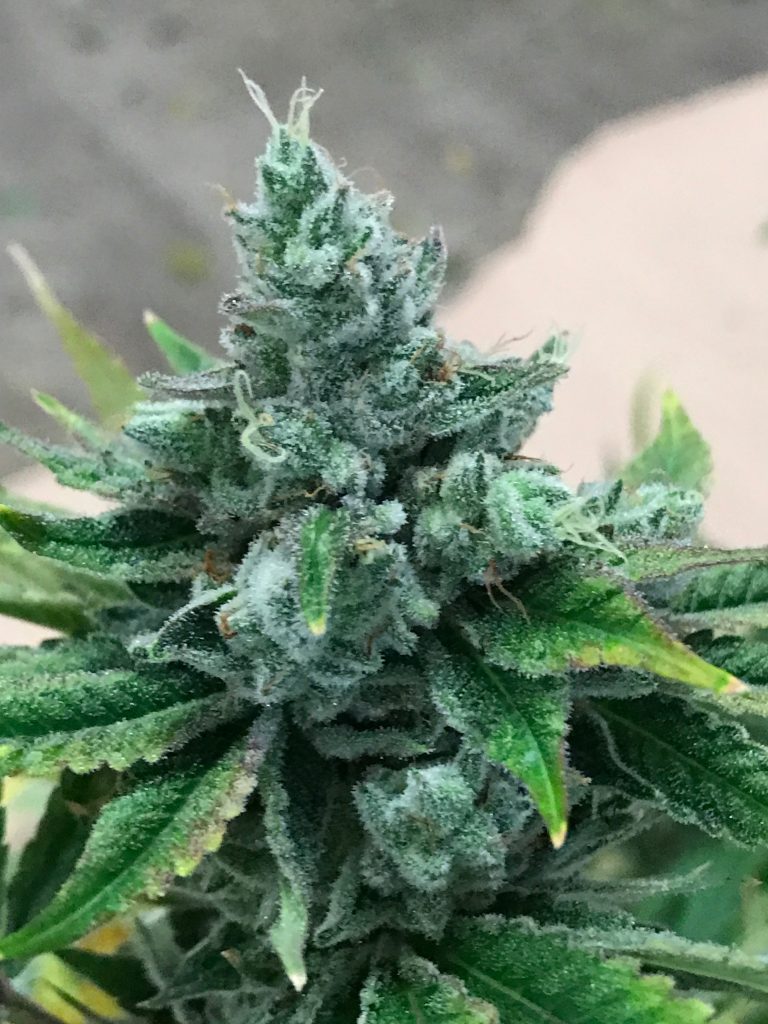Picture this: You run a high-end wine shop full of celebrated vintages from around the world. A regular customer, who typically spends hundreds of dollars at the shop each month, strolls up to the counter, past the racks of high-end, aromatic vintages and asks for the highest-alcohol bottles in the shop, leaving with a case of wines that top out well above 14.% ABV.
What’s wrong with this picture? Do any genuine wine lovers actually purchase wine that way? Many wine experts will tell you that, in fact, some of the best vintages are actually lower in alcohol content, allowing the tasting notes to shine through. But while this obsession with potency doesn’t happen in fine wine shops, or in breweries or even liquor stores for that matter, it happens thousands of times a day at cannabis dispensaries around the country.
Anyone who has sold cannabis professionally in the last few years will tell you the frustrating truth: most consumers only care about the THC percentage. Awesome strains often get overlooked if they can’t break 25%, and some frankly poor strains fly off the shelves despite their lack of terpenes, flavor or quality just because they’re near the mythic ideal of 30% THC.
Why Is THC Potency Such a Hot Topic in Cannabis
The obsession with potency not only affects what strains cultivators choose to grow and what makes it onto the dispensary shelf. It also contributed to more than a few lawsuits against brands that have falsely inflated THC percentages on packaging—in violation of cannabis marketing regulations—in order to up prices, sales or both. The potency fixation has also given ammunition to anti-cannabis agitators who are using potency cap legislation to curtail this growing industry.
The reasons consumers prize potency above almost all other factors are myriad and complex. Sometimes it’s a matter of dispensary buyers and end consumers simply trying to get the most bang for their buck. Many shops base their purchasing budget on potency, so they won’t pay top dollar for weed that doesn’t land close to 30%. That in turn affects how growers will approach cannabis strain sourcing and how they allocate their budget for clones and seeds.
Sometimes it comes down to a lack of consumer and budtender education. In other cases, rules about how customers can examine different strains before purchasing—like smelling samples or getting a close-up look at nugs—or a rushed sales process can lead to knee-jerk decision-making.
One thing’s for certain: this obsession with percentages over flavor, aroma and effect is reducing the overall variety available to medical and recreational customers alike. And most growers would agree that potency-chasing consumers are missing out on some seriously good herb, just because some laboratory told them a potency number’s not high enough.
There’s a huge array of truly fantastic, potentially hype-beast strains currently sitting on the bench just because they’re under 25% THC and will never make it onto a dispensary shelf. Even if the terps are off the chart and the dry, cure and trim were executed perfectly, the market conditions are what they are. Many of our grower friends cultivate certain lower potency strains in small quantities for their own personal stash.
THC Potency Education for Budtenders and Consumers
So how can cannabis breeders and cultivators, who understand these strains better than any smoker off the street, bridge the education gap with customers and patients? It all starts with budtenders—on whom consumers rely for recommendations and information. One of the smartest things a cultivation operation can do is also the most simple—get your growers in front of your sales team to explain how to talk about up-and-coming strains (including ones with less than 25% THC) with the same expertise and enthusiasm as the people who touch cannabis plants all day.
As markets mature and medical cannabis patients and adult-use consumers become better-educated about the latest plant science, we can expect a return to fundamentals: flavor, aroma, dry/cure/trim, bag appeal and of course, potency.
Over time, it’s reasonable to expect that consumers will begin to shop for their cannabis the way they do wine, beer or liquor—gravitating toward brands that suit on price, flavor, mouth feel and brand ethos as much or more than how zooted the product will (or won’t) get you.
How to Pivot the Cannabis Industry Away from Peak Potency
Until that day, growers need to begin building authentic relationships that will keep the lines of communication open with buyers and budtenders. That’s the first step to move the needle on consumer awareness about the value of variety as well as strain novelty, and why over-emphasis on THC percentages is selling the industry short.
In the meantime, an experienced cultivation consultant can help you not only source cannabis genetics, but pinpoint what strains hit the sweet spot for consumer demand and real quality with a full breadth of terps, cannabinoids and, yes, THC. Working with a genetics expert who is tapped into a network of well-regarded breeders is not only a smart way to secure the hottest new strains, it’s also a wise strategy for ensuring reliable and accurate strain potency testing results that your customers can trust.
Next Big Crop cultivation specialists have advised business owners and investors in markets throughout America. We specialize in optimizing and scaling cultivation operations, with comprehensive support for cannabis genetics sourcing, license procurement, facility design and construction, as well as finer points such as system integrations, equipment and materials sourcing, facility management and compliance.
Contact us today to expand your business.
